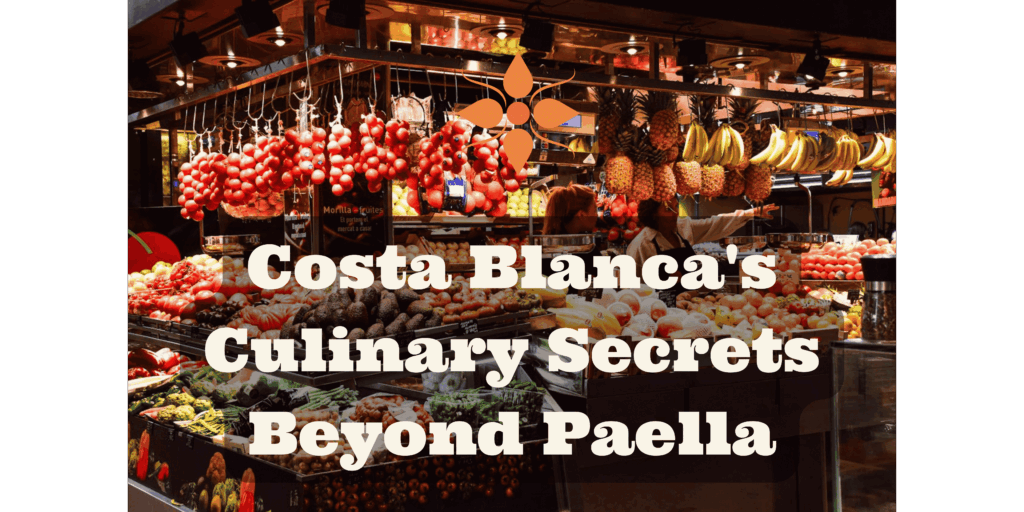
Costa Blanca’s Culinary Secrets: A Local Food Guide That Goes Beyond Paella
When you think of the Costa Blanca, images of turquoise waters, golden beaches, and sunny skies likely come to mind. But beneath this postcard-perfect surface lies one of Spain’s most fascinating and varied regional cuisines. While visitors often flock to the familiar comfort of tapas and paella, the local food of the Costa Blanca is rooted in centuries-old traditions, Moorish influences, and surprising ingredients that make it a true feast for the senses.
In this deep dive, we’ll explore authentic Costa Blanca food that locals cherish—and tourists often miss. From almond soup and ancient rice recipes to seafood delicacies few have heard of, this is your guide to tasting the real Costa Blanca.
1. It All Starts with the Huerta: The Garden of Spain
Costa Blanca is part of the province of Alicante, often referred to as La Huerta de Europa—the garden of Europe. Thanks to its Mediterranean climate and fertile plains, the region yields incredible produce: artichokes from Vega Baja, sweet tomatoes from Elche, and juicy pomegranates from Dénia.
You’ll find these vegetables not just in markets, but in everyday dishes like:
- Pisto alicantino – A ratatouille-style mix of sautéed peppers, eggplant, zucchini, and tomato, often served with a fried egg.
- Esgarraet – A salad of roasted red peppers, salt cod, and black olives dressed with local olive oil. Simple, powerful, and addictive.
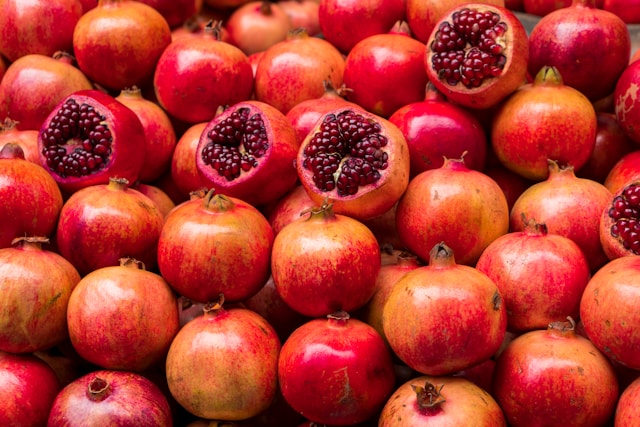
2. Beyond Paella: 4 Rice Dishes You’ve Never Heard Of
Everyone knows about paella, and while it’s often associated with Valencia, the Costa Blanca has its own spin. In fact, Alicante-style rice is a category all its own—often richer, more rustic, and deeply flavored with fish broth or meat stock.
Here are a few standout dishes:
- Arroz a banda – A fishermen’s dish where rice is cooked in fish broth and served apart from the fish (“a banda” means “on the side”). It’s intense, salty, and unforgettable.
- Arroz del señoret – Peeled prawns, cuttlefish, and squid—everything pre-shelled for convenience (for the “gentleman”). It’s the perfect combo of flavor and ease.
- Arroz con costra – A rice and meat casserole (chicken, sausage, and sometimes chickpeas) finished with a baked egg crust on top. A must-try in Elche.
- Arroz negro – Black rice colored with squid ink and flavored with garlic and seafood. Slightly briny, slightly creamy, totally unique.
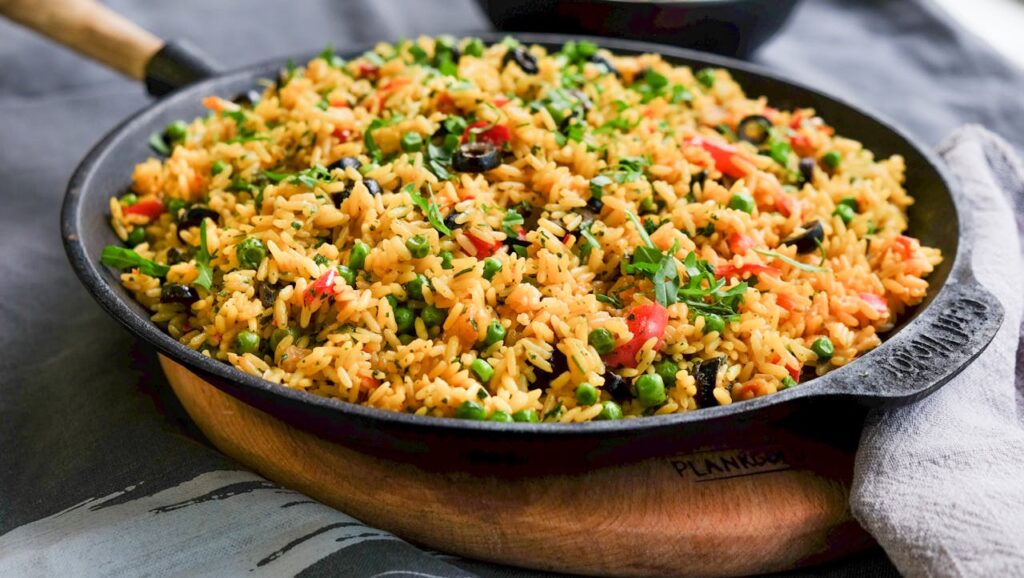
3. The Sea’s Hidden Bounty
Costa Blanca’s coastlines supply a rich array of seafood that goes far beyond shrimp and tuna. Some of the most beloved local delicacies are ones you won’t find easily outside the region.
- Dénia red prawns (gamba roja de Dénia) – These deep-sea prawns are prized for their delicate sweetness. Chefs across Spain treat them like gold. Try them grilled with just sea salt.
- Sepionet – A small, tender cuttlefish found in Alicante’s waters. Usually grilled whole with garlic and parsley.
- Morralla – Small, bony fish that locals use to make the best fish stock. Never served directly, but the foundation of many rice dishes.
Tip: Visit a local fish auction (like the Lonja de Santa Pola) for a behind-the-scenes look at how the day’s catch makes it to your plate.
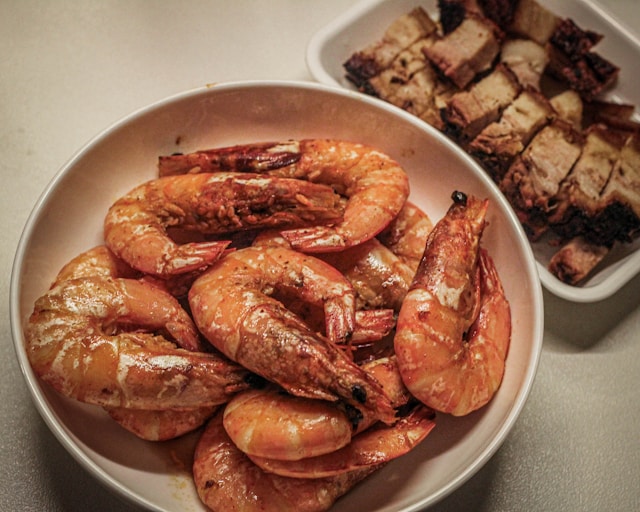
4. Moorish Influence Still on the Menu
You might not expect it, but many Costa Blanca dishes are deeply influenced by Moorish cooking traditions. From the 8th to the 15th century, this region was a hub of Arabic culture, and their culinary legacy lives on in unexpected ways.
- Olla de trigo – A thick stew made with wheat berries, legumes, and pork. Originally Moorish and adapted over centuries.
- Ajo blanco – A cold almond soup made with garlic, bread, and olive oil. It’s rich, creamy, and surprisingly refreshing.
- Turrón – The famous nougat made in Jijona (Xixona) just north of Alicante. Made from almonds and honey, it’s the sweet symbol of Moorish agricultural influence—and still handmade today.
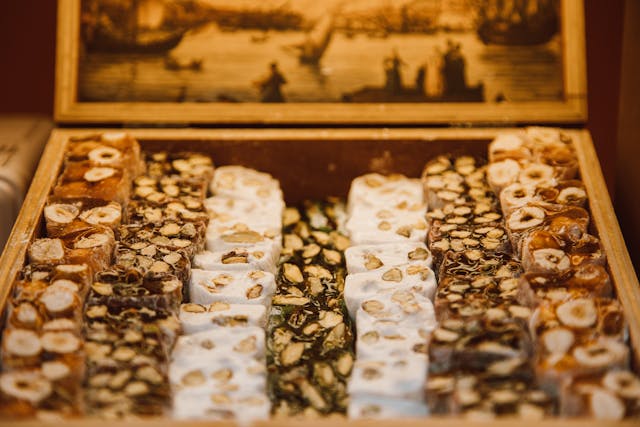
5. Surprising Local Meats: Rabbit, Snails & Blood Sausage
While seafood reigns supreme, don’t overlook the inland traditions. Many towns just a few kilometers from the coast offer hearty meat dishes passed down through generations.
- Conejo al ajillo – Rabbit fried in garlic and olive oil. Often served with patatas a lo pobre (soft-fried potatoes).
- Caracoles en salsa – Snails cooked in a spicy tomato-paprika sauce. A popular tapas bar item in places like Elche and Orihuela.
- Morcilla de cebolla – Onion blood sausage, mild and savory. Sometimes stuffed into rice dishes, or grilled and served with bread.
6. Wine, Vermouth & Liquors: Raise Your Glass the Local Way
The Costa Blanca is also home to excellent, underrated wines. Alicante D.O. (Denomination of Origin) wines are gaining global respect, especially the reds and sweet wines.
- Fondillón – A rare, aged dessert wine made from overripe Monastrell grapes. Served in royal courts across Europe in the 16th century—and making a comeback.
- Vermú casero – Homemade vermouth infused with herbs and citrus, served over ice with an olive or orange peel.
- Herbero – A local herbal liqueur from the Sierra de Mariola mountains. Think of it as Costa Blanca’s answer to amaro.
Pair these drinks with salazones (salt-cured tuna or mullet roe) for a truly authentic aperitivo.
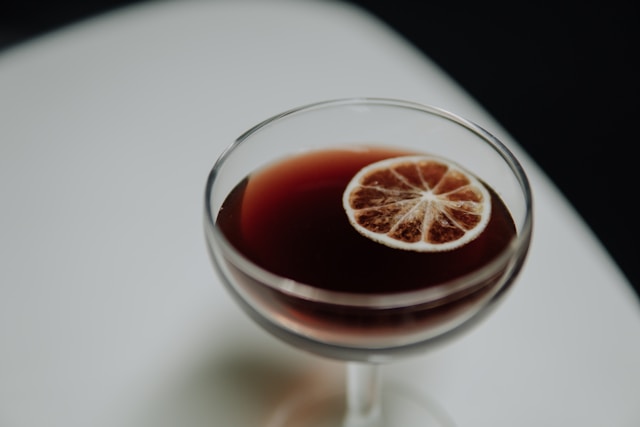
7. Desserts Worth the Calories
Costa Blanca desserts are rustic, seasonal, and always tied to local celebrations.
- Pastel de boniato – A Christmas pastry filled with sweet potato and cinnamon.
- Coca boba – A sponge cake with lemon zest and olive oil. Often eaten at breakfast with café con leche.
- Arnadí – A Valencian pumpkin and almond dessert with a caramelized top, similar to sweet potato pie.
Even ice cream in the region has a story. In Alcoy, near the mountains, ice used to be harvested from snow pits and stored underground—hence the birth of Spain’s first ice cream traditions.
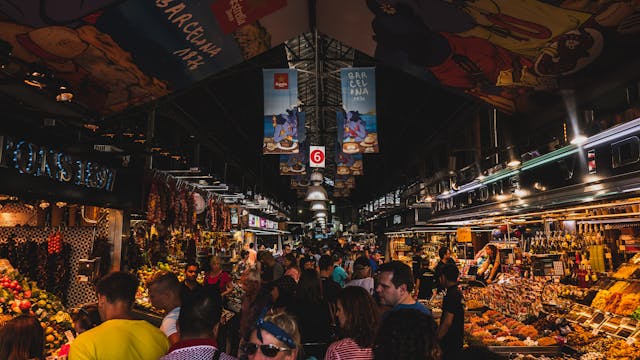
Final Thoughts: Come for the Beaches, Stay for the Food
If you only scratch the surface, Costa Blanca food might seem like a simple parade of tapas, paella, and sangria. But the deeper you go, the more you’ll discover a culinary landscape as rich and varied as its history. With its fusion of sea and mountain, Moorish legacy and Spanish soul, the real Costa Blanca cuisine is humble, surprising, and unforgettable.
So next time you’re here, skip the tourist menu. Follow the locals to a countryside mesón, a fishmonger’s stall, or a village festival table. Taste what this region has really been cooking for centuries—and leave with a full stomach and a few culinary secrets of your own.
